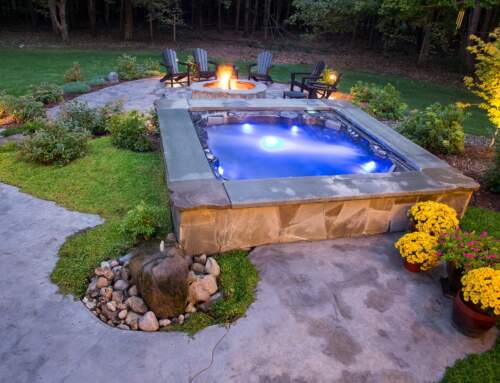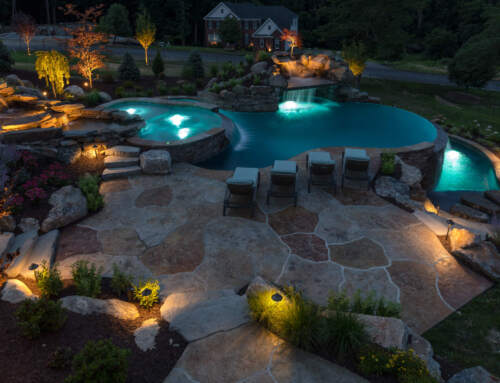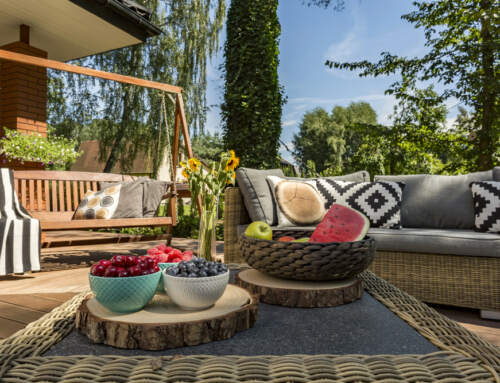
The right plant and the right place is a longtime landscaping mantra and gardening rule of thumb. When you select plants based on sun exposure, soil content and space considerations, you’ll experience tremendous success – not to mention you’ll spend less time on maintenance and dealing with costly plant replacements. Creating a sustainable landscape can help preserve the environment while enhancing the beauty of your outdoor space.
Along those lines, choosing native plants will reduce the amount of “inputs” like water, fertilizer and pesticides required to sustain a healthy landscape.
What exactly is a native vs. non-native plant? A species is native when it grows in your area without human intervention. In other words, you’d find native plants cropping up in the wild. On the other hand, non-native plants are not indigenous to the region — basically, they’re imports. For example, tropical flowers you plant in a container as annuals would not thrive in New England year-round, and you wouldn’t find those flowers blooming along forest lines.
Why is including native plants in your landscape so important? Where do we start?
Because of development encroaching on wildlife spaces over the years, we can positively impact the environment by planting native trees, shrubs and flowers that benefit pollinators and local wildlife. There are selfish reasons to choose natives, too — and there’s nothing wrong with that! You’ll spend less time on maintenance and more time enjoying your outdoor living spaces.
Here is why incorporating native New York and Connecticut plants in your landscape design creates a sustainable, healthy landscape with staying power.
Native Plants Are Low-Maintenance
Native plants require fewer resources to thrive. While we always recommend a plant healthcare program to preserve your landscape investment, sustainable landscapes have lower water requirements because the plants are “adjusted” to the local environment. The same goes for fertilizer, pesticides, herbicides and other control products. There’s the frustration factor, too. Think about it: When you choose non-native plants and spend money to keep them alive, and they fail, you’re back to square one. Selecting native plants sets your landscape up for success and minimizes maintenance.
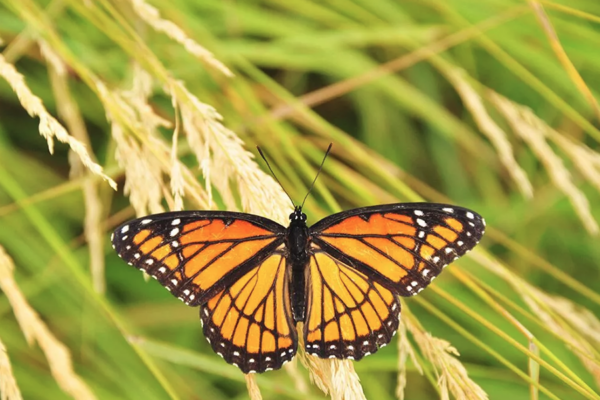
Attract Beneficial Insects and Pollinators
We need insects in the ecosystem because they serve as food for small animals. And pollinators like bees are essential for helping plants produce seeds, continue crop production and even clean the air, stabilizing soil and supporting other wildlife. By integrating native plants into your landscape design, you are supporting an essential ecological cycle. We could not survive without pollinators, but because of land clearing for development, there are fewer “food stations” for wildlife. Every native plant added to the landscape helps.
Integrate a Variety of Native Plants with Varying Bloom Times
By planting a diverse mix of native plants with staggered bloom times, the landscape will always be alive and changing. Aside from the visual interest, this helps provide food and habitat for pollinators to survive through the seasons. Also, rather than cutting back native grasses in fall, wait until early spring so these stalks can provide shelter to wildlife during the winter.
Native Plants that Thrive in New York and Connecticut
There are many native plant possibilities for your Connecticut or New York landscape. Here are some hardy growers to consider.
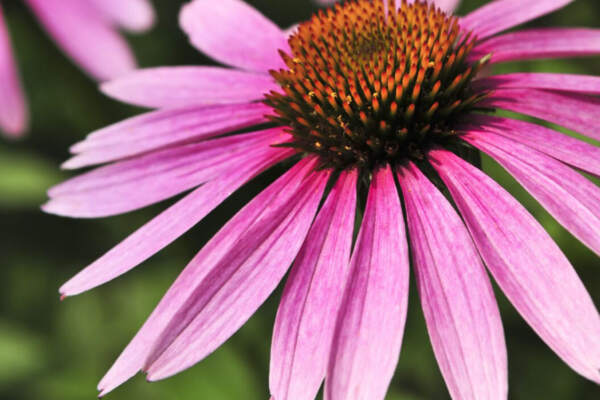
Eastern purple coneflower (Echinacea pupurea): Lavender flowers radiate from domed centers. Birds love coneflowers and feed from their seeds.

Royal fern (Osmunda regalis): Ferns add texture to the landscape; this one has bright green fronds and stands out.
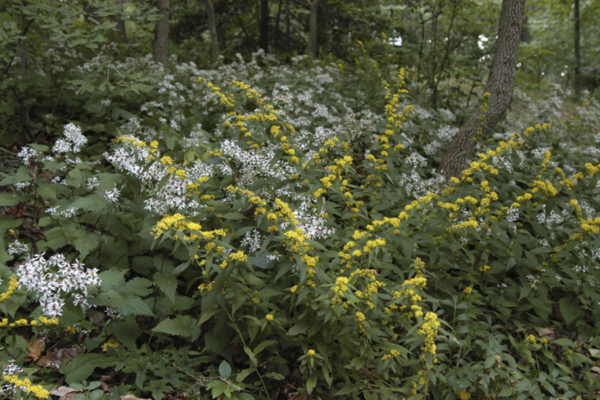
Blue-stemmed goldenrod (Solidago caesia): There are more than 25 native varieties of goldenrod, and this one appreciates partial shade.

New England aster (Symphyotrichum novae-angliae): As a late-season bloomer, this aster provides a pop of color as others are fading.
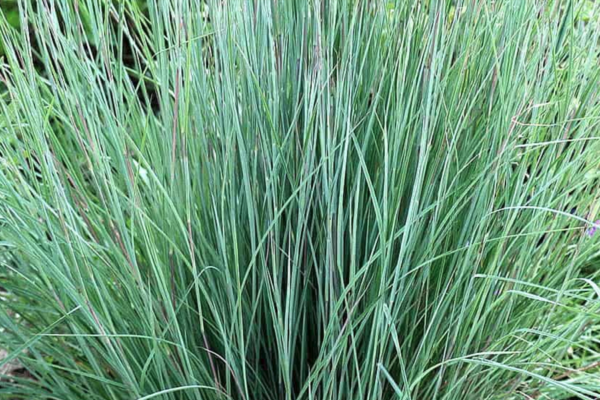
Little bluestem (Schizachyrium scoparium): Native grasses add texture and serve as a privacy screening plant.
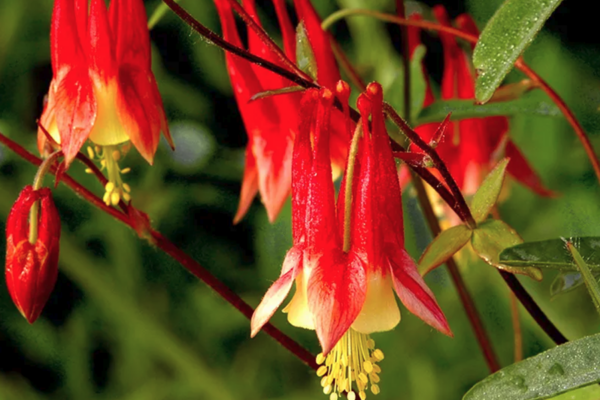
Eastern red columbine (Aquilegia canadensis): This spring bloomer attracts butterflies, hummingbirds and more.
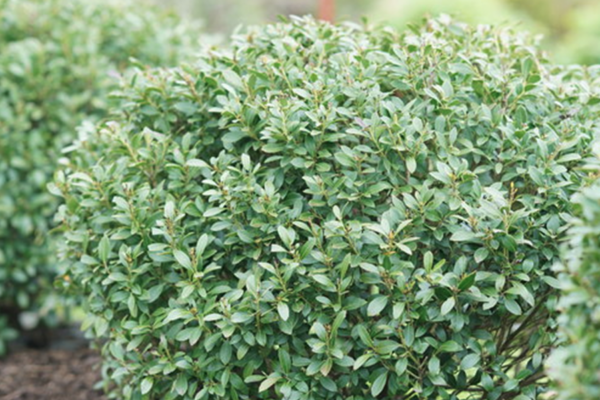
Inkberry (Ilex glabra): This resilient evergreen is a native alternative to boxwoods that can be susceptible to disease. Its leaves are deep-green, and it produces dark purple berries.
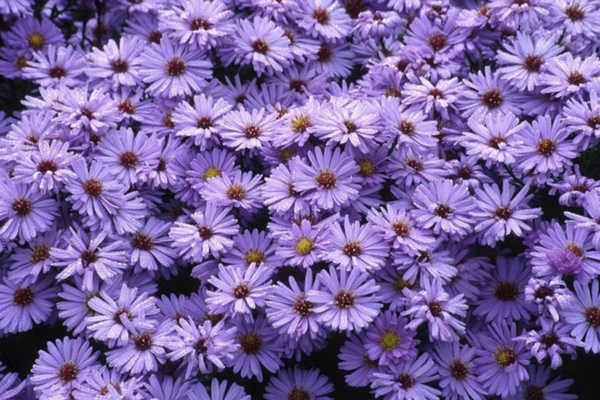
New York aster (Symphyotrichum novi-belgii): This perennial can grow up to 5 feet tall and produces heads of purple flowers with narrow leaves.

Narrow-leaf mountain mint (Pycnanthemum tenuifolium): This clump-forming plant with clusters of white-to-lavender flowers grows about 2 feet tall and, as its name implies, diffuses a pleasing mint smell that pollinators love, too.
An ELITE Approach to Sustainable Landscape Design
You can have a beautiful luxury landscape incorporating native plants to support pollinators and wildlife habitats.
Our design and build landscape professionals bring inspiration, expertise, and professionalism to every project. Reach out by calling (845) 849-2953 or filling out this simple contact form, and we’ll contact you.


